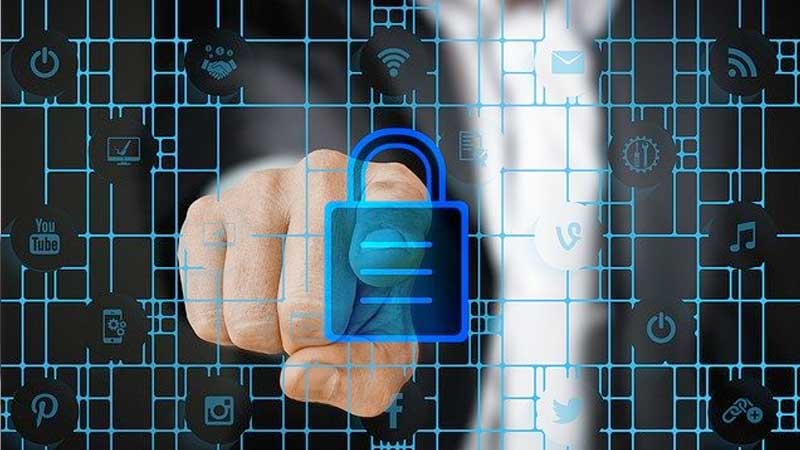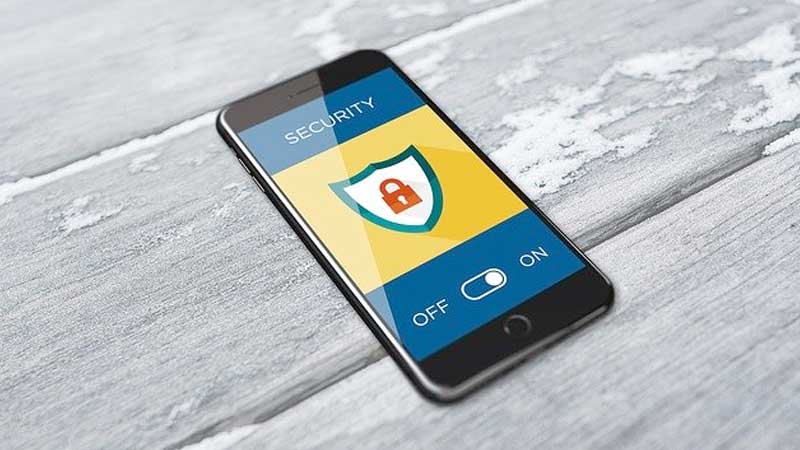
How to protect against email impersonation attacks
Even with the highest levels of security, businesses can be left exposed if employees inadvertently click on malicious links within emails. We discuss how to protect against the most common email impersonation attacks.Cyber-criminals are using more sophisticated tactics which include email impersonation attacks. These social engineering attacks use human psychology rather than traditional technical hacking techniques. They manipulate users into divulging confidential information by impersonating a trusted party.

Protect your data with our backup and disaster recovery checklist
We address the common sources of data loss and provide a practical backup and disaster recovery checklist to ensure your data is always protected.In a previous post, we addressed the subtle but significant differences between backup, disaster recovery and business continuity. Understanding how these processes interlink is a key part of protecting your data.

Backup, disaster recovery & business continuity…what it all means
The terms backup, disaster recovery and business continuity are often used interchangeably. Find out what each term really means and the different levels of protection offered.The terms backup, disaster recovery and business continuity are often used interchangeably. Whilst the practises are closely related, their scope differs significantly. Misunderstanding these could leave your business exposed in the case of data loss or system failure.

Glossary of Email Threats - Email Security
As 91% of all cyber-attacks start through email, we’ve put together a glossary of email threats to outline the most common attacks your businesses should be aware of.As 91% of all cyber-attacks start through email, we’ve put together a list of the most common email threats that businesses should be aware of:





